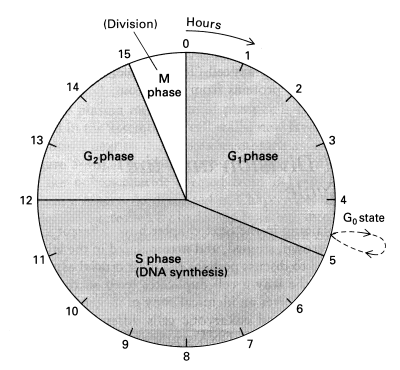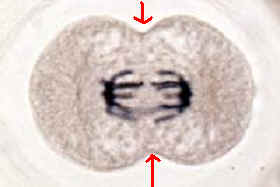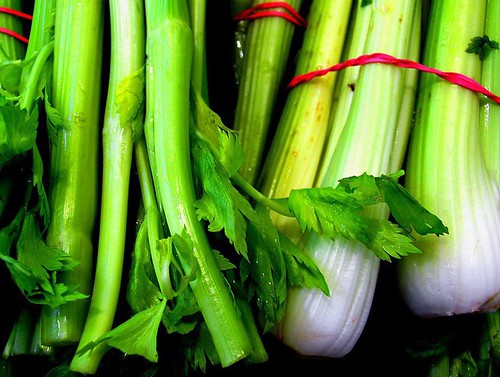
 After everyone had returned Ms. D told us who we could still comment to on the blog because some people had already done all they needed for a certain grade. Remember in total you need 4 8th grade comments and 3 7th grade comments. Also remember the blog comment is due Thursday at 4 not Friday at4.
After everyone had returned Ms. D told us who we could still comment to on the blog because some people had already done all they needed for a certain grade. Remember in total you need 4 8th grade comments and 3 7th grade comments. Also remember the blog comment is due Thursday at 4 not Friday at4.Then we moved on to the cell cycle.

We worked on trying to model the phases of the cell cycle(prophase, anaphase, metaphase, and telophase) with simple materials. Using the images from our Cell Cycle packet however many people ran into trouble when Ms. D asked questions about function of certain parts of the cell. So we reviewed together on the board. Mainly we talked about what centrials and spindle fibers. The centrials control everything about cell division they are the boss of the process. spindle fibers pull the chromatids to the sides of the cell so they are ready to be part of a new cell. After clearing that up we continued making the phases. After successfully making all parts of Mitosis we made the different parts of interphase. Then we remade the parts of Mitosis quickly probably in the amount of time we spent talking about the functions of centrials and spindle fibers. Then we taped our model of a phase of our choice to a piece of paper and then label it. It could not be
 one of the stages of interphase. Then we took out our packet from along time ago with the blank cell cycle and filled in the part we were supposed to have drawn originally but many people had written the stages. Then we discussed what eh cleavage furrow was in the telophase stage The cleavage furrow is the bump in the cell when it is separating it is given this name becsue clevage it what is is called when a woman shows her breast and this bears a resemblance to this.
one of the stages of interphase. Then we took out our packet from along time ago with the blank cell cycle and filled in the part we were supposed to have drawn originally but many people had written the stages. Then we discussed what eh cleavage furrow was in the telophase stage The cleavage furrow is the bump in the cell when it is separating it is given this name becsue clevage it what is is called when a woman shows her breast and this bears a resemblance to this.Remember Quiz on Thursday details can be found on Moodle
Flour Baby Reflection due on the 15th details on Wellness Moodle
Ineresting videos
Explanation of cell cycle here
Interesting animation here
The next scribe for when we return from break is Davide.
















